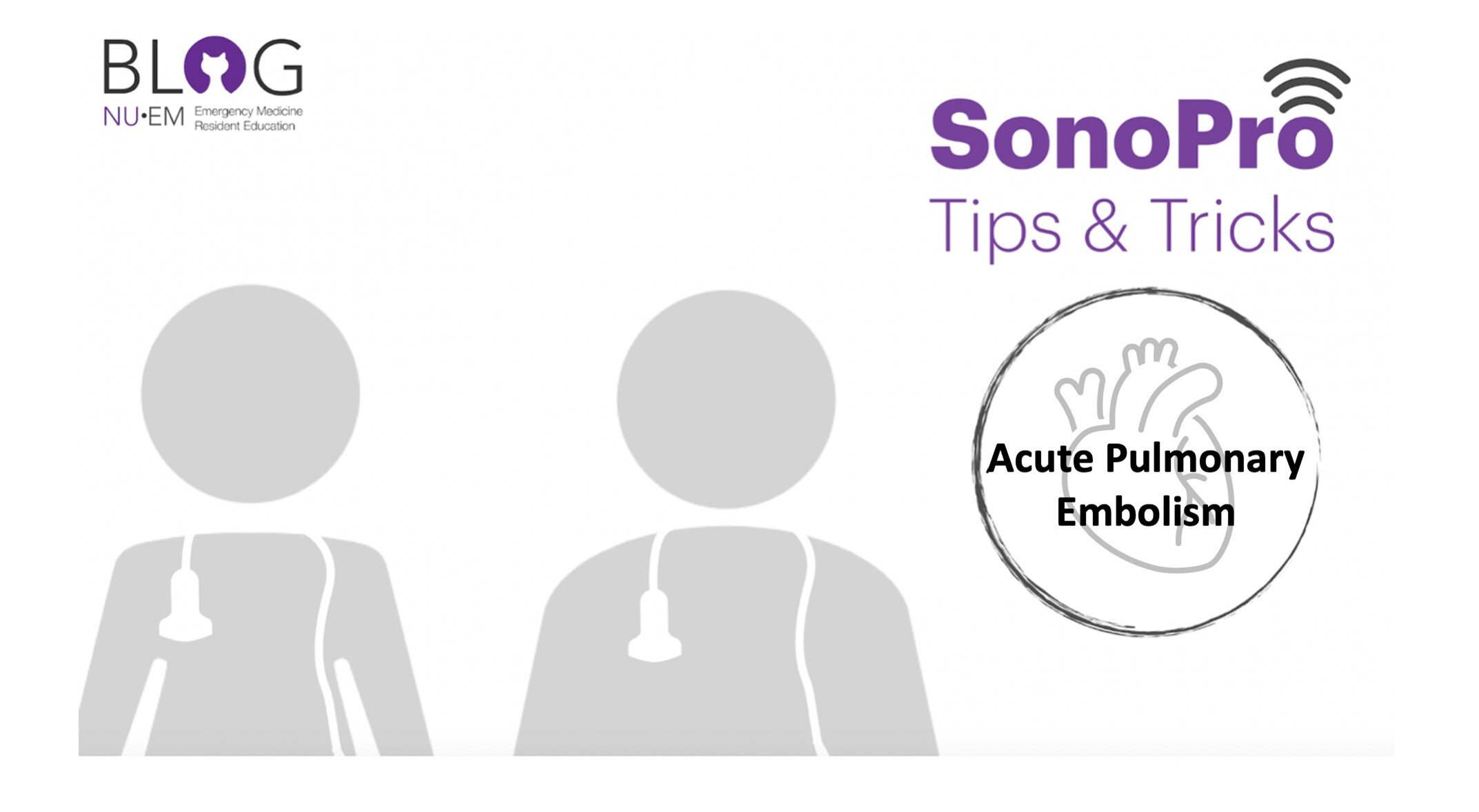Written by: Zemenay Bekele, MD (NUEM ‘27) Edited by: Emma Greever, MD (NUEM ‘25)
Expert Commentary by: Danielle McCarthy, MD
Expert Commentary
Thank you for this nice infographic to help organize our thinking around an important emergency diagnosis. The presentation of this information is timely because six months ago the American Heart Association (AHA) released a new scientific statement entitled “The Management of Elevated Blood Pressure in the Acute Care Setting: A Scientific Statement from the American Heart Association.” This publication is worth a read by all emergency physicians not only for the review of medical management, but also for the awareness of new terminology that our cardiology, internal medicine, and critical care colleagues are likely to adopt.
The management of hypertensive emergency, as outlined in this post, remains the same as previously recommended in the 2017 AHA guidelines. The clinical priority is to evaluate for hypertensive emergency defined as above through a combination of a markedly elevated pressure (typically SBP >180, DBP>120) AND evidence of end-organ dysfunction. Remembering the BARKH acronym (brain, arteries, retina, kidney, heart) is useful to think through the organ systems at risk. Evidence of dysfunction in these BARKH organs should prompt one to think about reaching for parenteral medications as outlined above.
Within the above referenced 2024 article by the AHA, the authors advocate for no longer using the term hypertensive urgency. Rather, the new term asymptomatic markedly elevated BP replaces hypertensive urgency and a new category of asymptomatic elevated BP (for SBP>130 and DBP >110) exists. One of the rationales for proposing this new terminology was to remove the “emotive label of hypertensive crisis or hypertensive urgency” which may be leading clinicians to reach for parenteral medications to treat a blood pressure number even in the absence of concerning symptoms indicating end organ damage. A growing body of literature suggests that treatment of asymptomatic elevated BP in the acute care setting may carry risks.
Although it can be frustrating to change terminology midcareer this is not the first time it has happened, nor it will not be the last. Sometimes these terms are changed to mitigate bias (e.g. pseudoseizures > psychogenic nonepileptic seizures, alcoholism > alcohol use disorder) or for historical reasons (e.g. Reiter’s arthritis > Reactive Arthritis, previously named after member of the Nazi party). In this case, it seems to me that we as the providers are the target of the wording change. Removing urgency and crisis will hopefully help us all to pause, take a deep breath, and remember that a number is NOT an emergency and we do not need to reach for parenteral medications. There is some hope amongst emergency physicians that these guidelines may also minimize referrals to the ED for those with asymptomatic hypertension. I’m not necessarily optimistic that those referral patterns will change for those with markedly elevated blood pressure because of the limitations of same day outpatient evaluation for end organ dysfunction. However, as someone whose primary research interests center on communication and health literacy, I think these changes are fascinating and there have been studies that show that “words do matter” when it comes to the names of diagnoses.
How To Cite This Post:
[Peer-Reviewed, Web Publication] Bekele, Z. Greever, E. (2025, May 20). Hypertensive Emergency. [NUEM Blog. Expert Commentary by McCarthy, D]. Retrieved from http://www.nuemblog.com/blog/Hypertensive-Emergency















